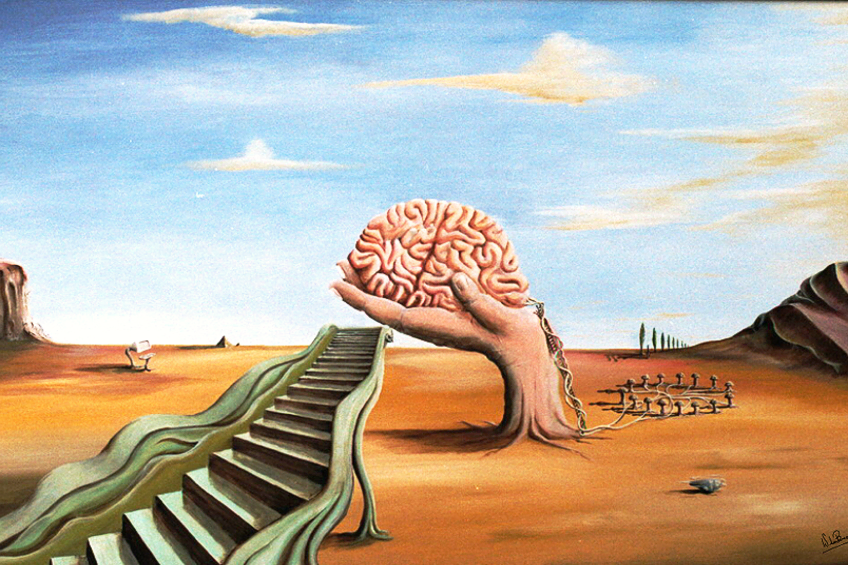Surrealism Art – Discover the Dream-Like Surrealism Art Movement
What is Surrealism? What is the Surrealism art definition and what are the characteristics of Surrealism? In this article, we shall be taking an in-depth exploration of the Surrealism art movement: from Surrealist art history to examples of Surrealist paintings and Surrealism sculptures.
What Is Surrealism Art?
Let us begin with a Surrealism art definition. Surrealist art is a little more difficult to define than other artistic trends, which may be distinguished by color schemes, pictorial topics, or stylistic decisions. Surrealist artists use a variety of limitless media to produce surreal, occasionally grotesque visuals as a means of exploring the unconscious psyche.
The primary idea of surrealism is to emphasize the instinctive depiction of the deepest ideas that come to mind.
 Allereerste Gedachten (First Thoughts) (2004) by Willem den Broeder; Willem den Broeder, CC BY-SA 4.0, via Wikimedia Commons
Allereerste Gedachten (First Thoughts) (2004) by Willem den Broeder; Willem den Broeder, CC BY-SA 4.0, via Wikimedia Commons
This way of thinking is called “automatism” in art. Pure psychic automatism is the method by which one intends to communicate the subliminal functions of the mind, whether orally, in writing, or in any other way. Dictation of mind without any influence from reason and without any consideration of aesthetics or morals.
Characteristics of Surrealism
Automatism is a technique used in surrealism painting when the artist simply records their own notions without pausing or structuring them. In Surreal paintings and sculptures, juxtaposed forms are frequently utilized, grouping incongruous visual elements together.
Even though they might not seem relevant, surrealists attempt to create linkages between the two surrealistic items by tapping into the unconscious and depicting relationships through these juxtapositions.
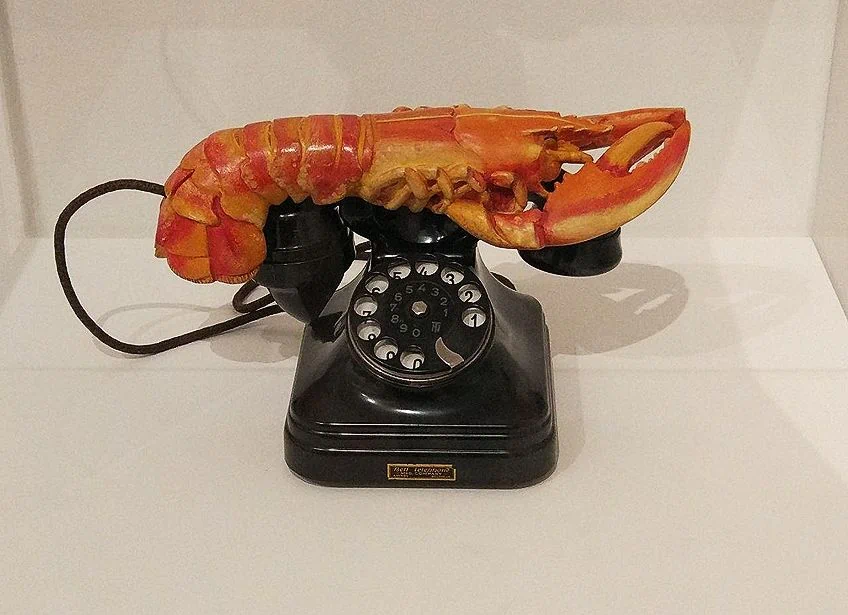
The application of the unconscious by the artist is a fundamental component of the Surrealism art movement, but actuality and the conscious also interact with this state of awareness when the unconscious figures out a way to portray reality and translate it onto the canvases created by these artists.
While some artists rely only on where their subconscious takes them, much like in automatism, others employ dreams and fantasies to form an interpretation of reality and may generate a dreamlike Surrealism painting with significance.
Many other techniques may be utilized, such as frottage, in which the texture of the paper beneath is applied to the paper using instruments such as a wax crayon. Automatic Surrealism painting involved drawing forms around randomly generated shapes, which may be produced by applying dirt and glue to the paper. Automatic Surrealist paintings are an instance of just drawing without any deliberate design.
The History of the Surrealism Art Movement
Although surrealist art is perhaps the most well-known aspect of the genre, it is also the most challenging to recognize and classify. Each artist used reoccurring themes that came to them in their dreams or unconscious minds.
At its most basic level, the artwork is bizarre, puzzling, and even unsettling since it is supposed to startle the spectator from their familiar presumptions.
The Start of the Surrealism Art Movement
The Dada movement, which was likewise in opposition to middle-class complacency, gave rise to surrealism. Nevertheless, there were several influences from which art was influenced. Giorgio de Chirico, a predecessor of the Surrealists who, like them, employed odd imagery with disturbing juxtapositions, was the surrealists’ greatest direct inspiration.
They were also drawn to contemporary painters like Arnold Bocklin, Gustave Moreau, Redon, and Henri Rousseau who were engaged in primitivism, the naïve, or magical iconography.
Even Renaissance masters like Hieronymus Bosch and Giuseppe Arcimboldo, who were less preoccupied with aesthetic concerns including form and color and more driven to produce what the Surrealists deemed to be the “real,” served as an influence in this regard. After Dada in Paris disintegrated, the Surrealism art movement emerged as a literary movement closely associated with it. André Breton’s desire to give Dada a meaning collided with Tristan Tzara’s anti-authoritarianism.

When he published The Surrealist Manifesto in 1924, Breton, sometimes referred to as the “Pope” of Surrealism, established the cause as an official one. Nevertheless, Guillaume Apollinaire first used the word “surrealism” in 1917 when he used it in the liner notes for Parade, a ballet, which was created by Erik Satie, Leonide Massine, Pablo Picasso, and Jean Cocteau.
Breton’s first manifesto was released at the same time that the Surrealists started publishing La Révolution surréaliste, a periodical that was mostly devoted to literature but also featured reproductions of works by Man Ray, Ernst, de Chirico, and André Masson. The publication ran until 1929. In Paris in 1924, the Bureau for Surrealist Research was also founded.
The goal of this loosely connected group of authors and artists was to “collect all the knowledge relevant to forms that could reflect the unconscious functioning of the mind.”
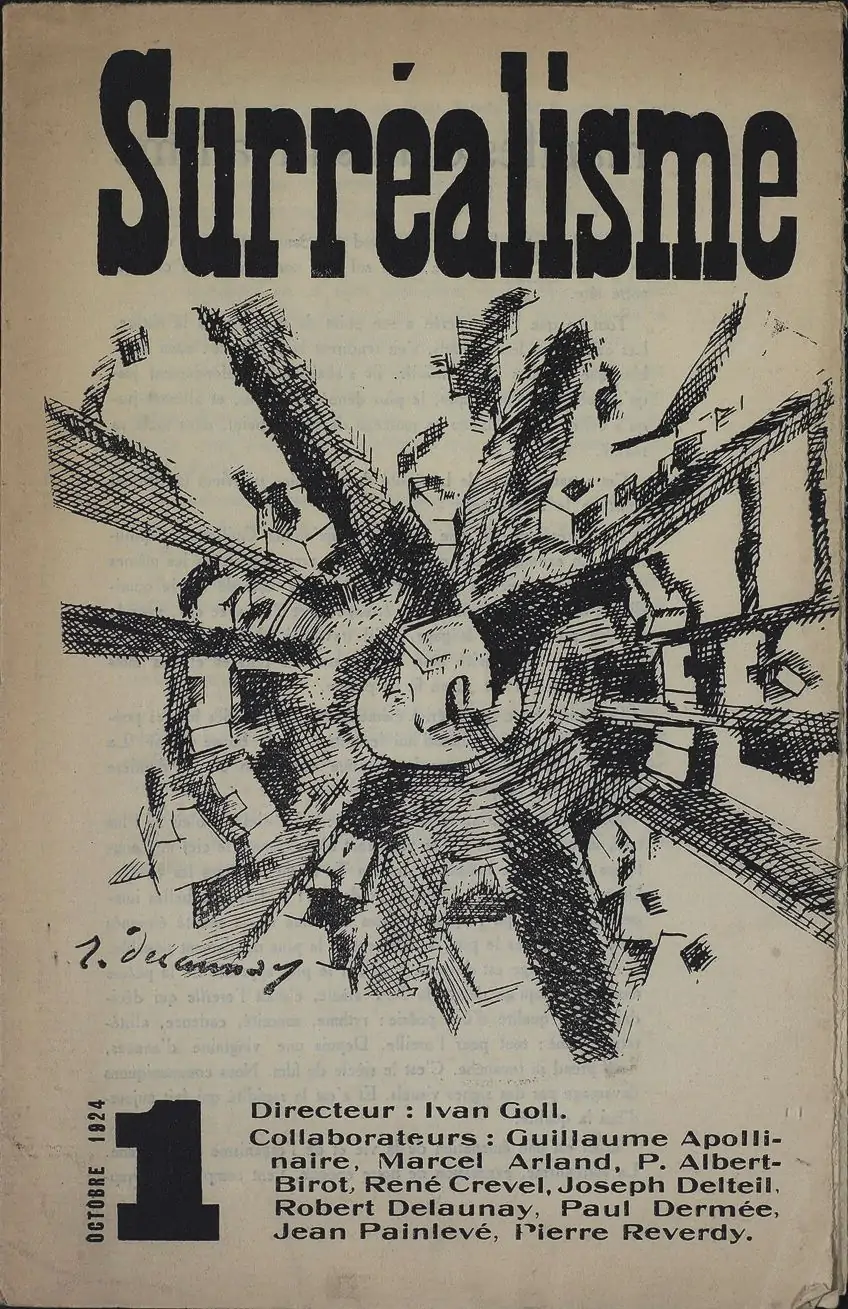
They got together and interviewed people for their research. The Bureau, under Breton’s direction, established two archives: one for information about social activity and one for dream images. Each day, at least two persons worked in the office, one to welcome guests and the other to record their observations and remarks, which were then added to the archive.
These revolutionary notions were signed by 27 persons, including Ernst, Breton, and Masson, and were issued by the Bureau in January 1925.
Surrealism Art Styles and Concepts
Surrealism and Dada, the movement from which it sprung, both shared a strong anti-rationalism. The early Parisian Surrealists turned to their work as an escape from tense political events and as a means of expressing their concern about the unpredictability in the world.
Artists produced artworks in a multitude of mediums using imagination and dream images, revealing their inner thoughts in unconventional, metaphorical methods, unearthing worries, and addressing them logically through visual materials.
Surreal Paintings
Surreal paintings were defined by two genres or techniques. Hyper-realistic Surrealism paintings like Yves Tanguy, Salvador Dali, and René Magritte emphasize the dreamlike character of their subjects by depicting them in sharp detail and giving the impression that they are three-dimensional. These Surrealist paintings frequently used vivid or monochrome color schemes, both of which suggested a dreamlike mood.
Numerous Surrealists also highly favored automatism as a technique for accessing the subconscious.
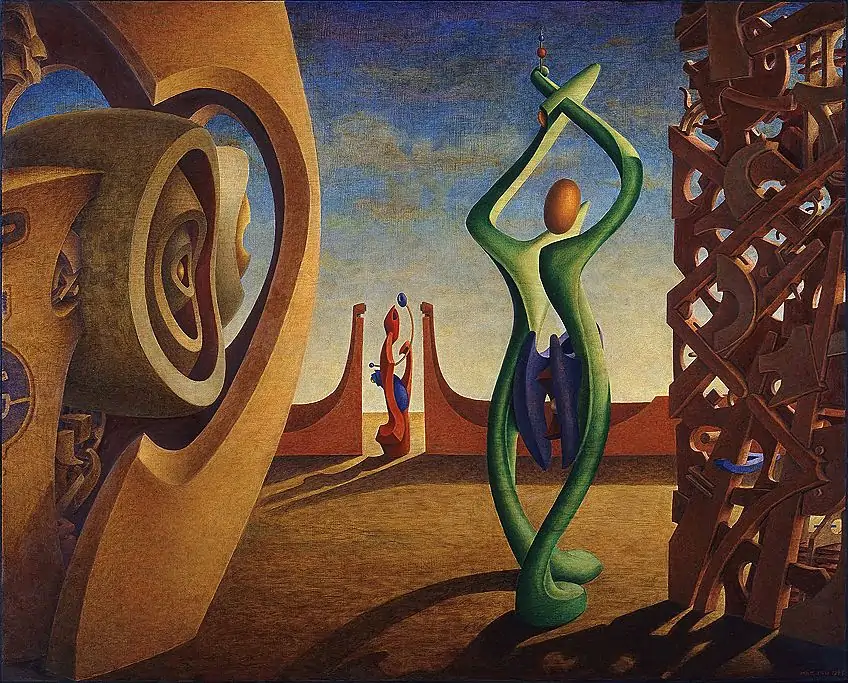
Artists like Max Ernst and Joan Miró employed a variety of methods, including collage, frottage, and grattage, to produce unexpected and sometimes bizarre artwork. Collages were also produced by artists like Hans Arp as standalone pieces. There was no opposition between automatism and hyperrealism. For instance, Miro frequently used both techniques in a single piece.
Regardless of how the topic was chosen or presented, it was always odd and intended to confound and unsettle.
Surrealism Sculptures and Objects
Since the early 19th century, the object, in Breton’s opinion, has been in a position of crisis. Breton believed that this stalemate might be broken if the object were to be viewed in all of its peculiarity, as though for the first time. The goal was to create “surreal” items through what Dada called alienation rather than creating surreal products to shock the middle class. The intention was to “defamiliarize” the object by dislodging it from its usual surroundings. The thing could then be viewed clearly without the veil of its cultural setting once it had been taken out of its usual context.
These strange pairings of items were also believed to illuminate the tumultuous psychological forces that lie underlying reality’s apparent actuality.

Only a few Surrealists are well-known for their Surrealism sculptures. Arp was a pioneer of the Dada movement and is best recognized for his biomorphic paintings. Giacometti’s works were more classic sculptural shapes, most of which were human-insect combination creatures, whereas Oppenheim’s were odd combinations that took familiar things out of their normal setting.
Dalí, who is less well-known for his 3D work, did build some intriguing installations, most notably Rainy Taxi (1938), a taxi with dummies, and a network of pipes that produced “rain” within the vehicle.
Surrealism Photography
Photography played a significant part in Surrealist art because it made it simple for artists to create eerie images. To investigate automatic writing, artists like Maurice Tabard and Man Ray employed techniques including combination printing, double exposure, montage, and solarization, the latter of which completely avoided the need for a camera.
Other photographers created odd photos by rotating or distorting their subjects.
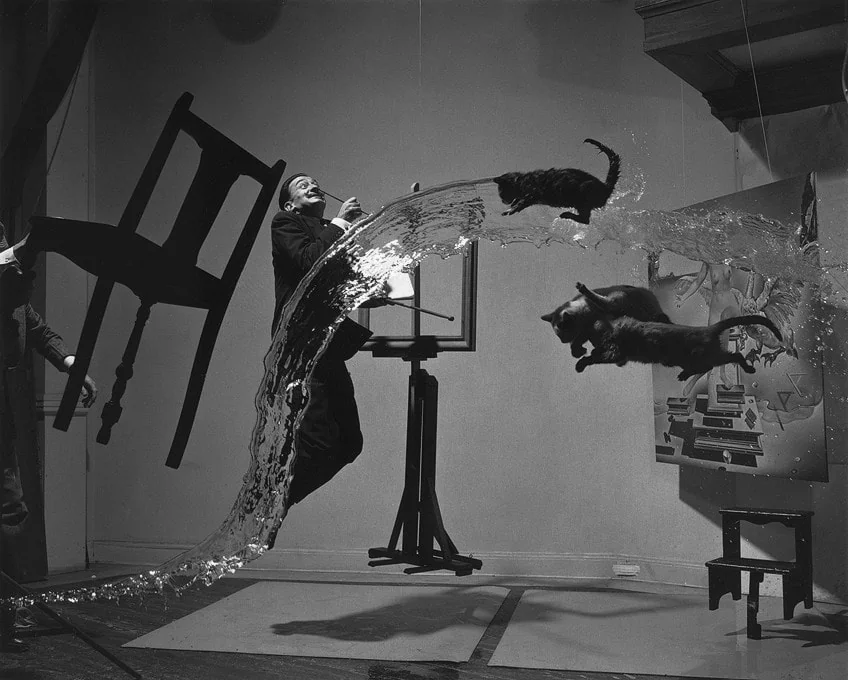
The prosaic snapshot, when viewed through a surrealist sensibility and isolated from its ordinary surroundings, was likewise valued by the surrealists. Unrelated to their intended uses, surrealist journals featured everyday pictures, police photos, film stills, and documentary photos. For instance, the Paris pictures taken by Eugène Atget captured the admiration of the Surrealists. Atget’s depictions of a fast-dissipating Paris were perceived as irrational dreams.
Atget’s images of deserted streets and storefronts brought to mind the Surrealists’ own concept of Paris as a “dream metropolis.”
The Emergence and Fall of the Surrealism Art Movement
Despite having its roots in France, surrealism has influenced art all across the world. Many artists were drawn into its circle, especially in the 1930s and 1940s, when rising political unrest and a second world war fueled concerns that society as we know it was on the verge of crisis and collapse. Many Surrealists moved to the Americas during World War II, further disseminating their views.
However, the emergence of Existentialism after the war, which celebrated individuality but was more logically grounded than Surrealism, had put the group’s beliefs to the test.

By inventing fresh methods for depicting the unconscious, the Abstract Expressionists overtook Surrealist supremacy in the arts and absorbed their ideas. Breton was more and more engaged in the movement’s main objective, which was a revolutionary political action.
The initial movement split off into more specialized artistic groups as a result.
The Bretonians thought art was fundamentally political, like Roberto Matta. Others chose to remain in America and break away from Breton, including Max Ernst, Yves Tanguy, and Dorothea Tanning. Salvador Dalí, who shared this belief in the importance of the individual in art, withdrew to Spain.
Abstract Expressionism
Fantastic Art, Dada, and Surrealism was the name of an exhibition held in 1936 at the Museum of Modern Art in New York, and it left a profound impression on many American creators. Some artists, including Jackson Pollock, started experimenting with automatism and images that appeared to come from the unconscious; these attempts subsequently inspired his “drip” works.
Similar to Robert Motherwell, automatism and abstraction are claimed to have left him “trapped between the two realities.”
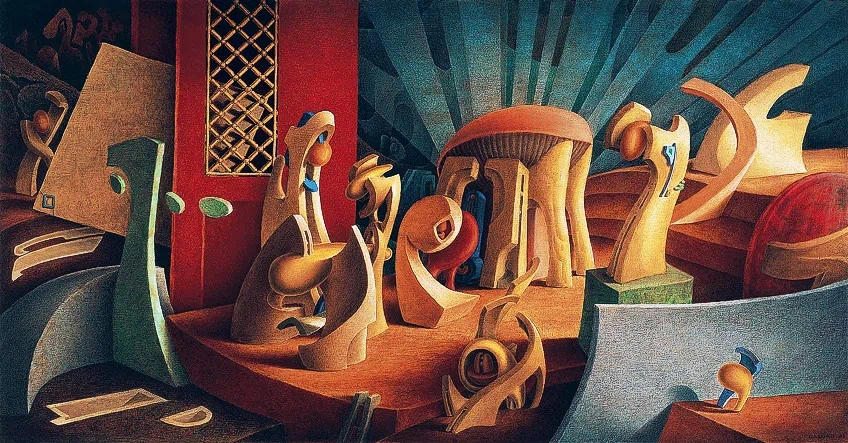
Because of the political unrest in Europe, New York, not Paris, emerged as the hub of a new elite that preferred using abstraction to access the subconscious as opposed to Salvador Dalí’s “hand-painted visions.” The 1942 Peggy Guggenheim exhibit, which included Surrealist-influenced painters as well as European painters Klee, Miró, and Masson, highlights how quickly Surrealist ideas permeated the New York art scene.
Surrealism and Feminism
The Surrealists were frequently seen as a close-knit group of males, and their artwork frequently portrayed women as untamed “others” in the educated, sane society. Since then, works by feminist art historians have rectified this misconception by noting the significant contribution made by women Surrealists, notably during the 1930s, as well as by examining the gender preconceptions present in many Surrealist works.
Feminist art reviewers have written various books and organized exhibits on this topic, including Mary Ann Caws, Dawn Ades, and Whitney Chadwick.
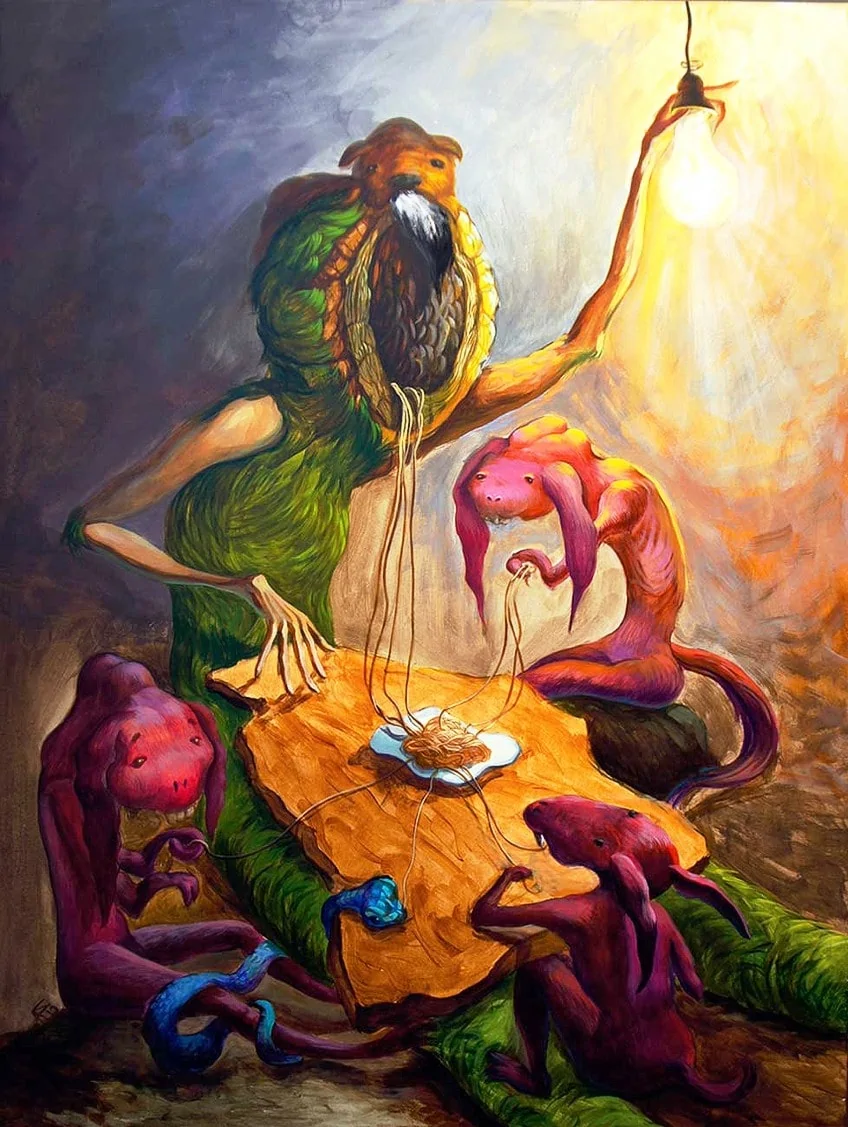
Female Surrealists like Lee Miller, Claude Cahun, and Dorothea Tanning attempted to address the troublesome implementation of Freudian psychoanalysis that frequently placed women as grotesque and inferior while the majority of the male Surrealists, particularly Magritte, Man Ray, and Dal, repetitively focused on or contorted the feminine form and illustrated females as muses, much in the same way that men had done for centuries.
As a result, a lot of female Surrealists experimented with clothing as different animals or mythical creatures.
Surrealism in England
It’s interesting to note how prominent British women Surrealists were. Pioneers include Emmy Bridgwater, Eileen Agar, and Ithell Colquhoun. A continual investigation of human ties with the natural world, particularly with the sea, was unique to the British expression of Surrealist philosophy. Paul Nash shared Agar’s fascination with the objet trouvé, which is typically comprised of things gathered from the seashore.
The emphasis on the boundary between shorelines, where rocks anthropomorphically resemble humans, resonated with both British identity and, more broadly, with Surrealist concepts of bringing together and reconciling opposites.
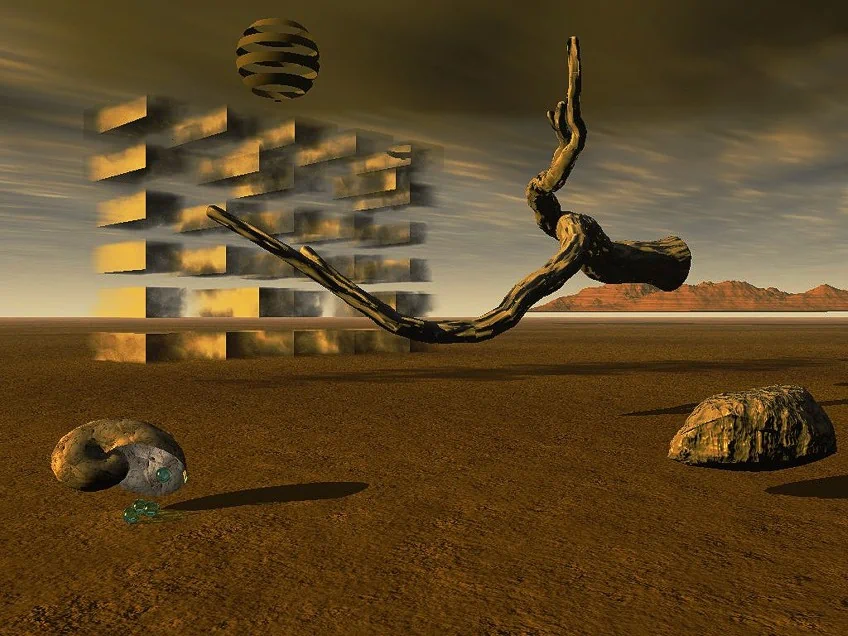
The style flourished in Britain, giving rise to global giants such as Lee Miller and Leonora Carrington as well as another significant group of artists that included Barbara Hepworth, Ben Nicholson, and Henry Moore. Overall, the emphasis on a quirky imagination and fundamental rejection of conventional and logical ways of thinking struck a chord right away.
The legacy of British Surrealism, in particular, from this age of general artistic excellence in the UK, continues to have an impact on contemporary art in that nation.
Important Examples of Surrealism Art
To unleash the potential of the mind, the Surrealists attempted to access the subconscious. The Surrealists, who despised rationality and textual realism and were greatly inspired by psychoanalysis, felt that the potential of the imagination was suppressed by the logical mind because it was burdened by taboos.
The desire of the Surrealists to access the unconscious mind, as well as their fascination with myth and primitivism, influenced a number of following groups and continues to do so.
They follow the Romantic traditions in emphasizing the potential of the individual imagination, but unlike their predecessors, they thought that insight might be discovered in daily life and on the streets. Now we will explore a few significant examples of Surrealist paintings and Surrealism sculptures.
Carnival of Harlequin (1925) by Joan Miró
| Date Completed | 1925 |
| Medium | Oil on canvas |
| Dimensions (cm) | 66 x 93 |
| Current Location | Albright-Knox Art Gallery, Buffalo |
This is the crowning achievement in a body of paintings by Joan Miró that incorporate the color palette and scenery of his home Catalonia, Spain. The mysterious person with a half-blue, half-red mask and a diamond-patterned tunic in the center-left of the canvas alludes to the Italian commedia dell’arte. The Harlequin is a stupid stock character who is utterly inept at finding true love in this common type of theater.
The Harlequin frequently served as a proxy for the artist. The artworks of Pablo Picasso introduced Miró to this custom.
The only food that Miró could afford to feed a friend for supper at the time he painted this picture was radishes. He recalled returning home after a day without meals and sketching the shapes that would later become this artwork while in a semi-trance. Consequently, Miró’s personal destitution and hunger may be suggested by the hole in Harlequin’s stomach. Nevertheless, the other figures appear to be having a great time throughout the piece.
The celebration of Mardi Gras, which comes before abstinence during the season of Lent in the Catholic calendar, is said to be referenced in the painting’s title.
Numerous revelers resemble both people and animals, and some of them are anthropomorphized things, like the ladder with an ear and an eye. The music is practically in the air as the hybrid beings play, sing, dance, and celebrate.
Battle of Fishes (1926) by André Masson
| Date Completed | 1926 |
| Medium | Oil on canvas |
| Dimensions (cm) | 36 x 73 |
| Current Location | Museum of Modern Art, New York |
Masson created this piece by liberally brushing gesso onto selected canvas sections, sprinkling sand on top, and then removing the excess. According to Masson, the resultant shapes around which he quickly drew and applied paint straight from the tubes, indicated forms—” although almost usually absurd ones.”
The image that surfaced appears to depict a fierce undersea conflict between fish with sharp teeth. After suffering both material and spiritual wounds in World War I, Masson joined the Surrealist movement in 1924.
He thought that random picture arrangements would expose the sadism of all living things.
Mama, Papa is Wounded! (1927) by Yves Tanguy
| Date Completed | 1927 |
| Medium | Oil on canvas |
| Dimensions (cm) | 92 x 73 |
| Current Location | The Museum of Modern Art |
This image conjures up a post-apocalyptic landscape because of its expansiveness, drab color scheme, and otherworldly lighting. Dark shadows are produced by flying objects, evoking the older Surrealist Giorgio de Chirico. The cactus-like object hovering towards the horizon and attached to a geometric spider web appears to be neither imprisoned nor totally free.
The title of the piece confuses rather than reveals its meaning, which is typical of Surrealism’s interaction between language and imagery.
Tanguy searched psychiatric research studies of individuals whose words may be used as inspiration for images and titles with Breton (who, as a battlefield surgeon, had employed Sigmund Freud’s techniques to heal mentally injured troops). This item, according to Tanguy, was one of them. Different perspectives on this image have been put forth.
For instance, it expresses the heightened dread that followed World War I brutality by making parallels to it. Or even that the cactus may be a mother, the indistinct bulk a child, and the upright yellow form a father.
However, the piece continues to be cryptic, refusing to divulge its secrets and embodying the purposeful ambiguity of surrealist iconography.
The Accommodations of Desire (1929) by Salvador Dalí
| Date Completed | 1929 |
| Medium | Oil and paper on canvas |
| Dimensions (cm) | 22 x 34 |
| Current Location | The Metropolitan Museum of Art, New York |
This piece, which Dali painted in the summer of 1929, right after he traveled to Paris for his first Surrealist show, is a perfect illustration of Dal’s talent for accurately capturing his wild and vivid visions. He created the paranoid-critical approach, which used self-inflicted paranoia and methodical illogical thought to access his unconscious. Because of their realistic appearance and unsettling dreamlike aspect, he referred to the final pieces as “hand-painted dream photos.”
The work’s plot is based on Dalí’s worries about his relationship with Gala Eluard, the wife of artist Paul Eluard.
His fears about his future with Gala are represented by the lumpy, white “pebbles,” which revolve around the ideas of panic and disintegration. Dali’s darkest concerns are exposed in The Accommodations of Desire, which mixes his usual hyper-realistic painting approach with more unorthodox collage methods.
It is thought that the lion heads, which are pasted to the canvas, were taken from a children’s book.
The Palace at 4 a.m (1932) by Alberto Giacometti
| Date Completed | 1932 |
| Medium | Wood, glass, string, wire |
| Dimensions (cm) | 63 x 71 x 40 |
| Current Location | Museum of Modern Art |
Among the few Surrealists to concentrate on sculpture was Giacometti. This delicately constructed piece was motivated by his preoccupation with Denise the previous year as a lover. On the matter, he stated, “During the course of six months, I was in the company of a lady who, by focusing all life into herself, enchanted me at every turn. In the dark, we built a delicate castle made of matches in the shape of a fanciful palace. A whole chunk would fall with the slightest wrong movement. We always started over.”
He admitted to Breton in 1933 that he was unable to create anything that did not involve her.
His love interest and maybe his mother is shown in the work as symbols or images. The interpretation of other images, such as the bird, is more difficult. As a result, the piece’s peculiar item placement and title, which seem to have no connection to the set-up scenario, give it a sense of mystery and anxiety, as if something frightful is about to happen. The artwork depicts the brittleness of memory and yearning with its childlike simplicity.
The way Giacometti depicts the solitude of several people indicates his postwar involvement in Existentialism.
The Human Condition (1933) by René Magritte
| Date Completed | 1933 |
| Medium | Oil on canvas |
| Dimensions (cm) | 100 x 81 |
| Current Location | Los Angeles County Museum of Art |
The easel in The Human Condition is positioned in front of a window and within a room. An unframed painting of a scene that appears to be identical to the scene outside of the window is displayed on the easel. First impressions lead one to believe that the artwork on the easel shows the area of the scene beyond the window that it obscures.
The notion that the images in Magritte’s artwork are genuine and the painting on the easel is only a depiction of that reality is erroneous, it becomes clear after a minute of reflection.
In actuality, they are identical to one another. Both are components of the same artwork or creative creation. Magritte’s title may be a reference to this continual cycle in which the observer, even against his will, perceives one as reality and another as a projection.
The curtain in this painting by Magritte evoked a trompe-l’oeil technique that was used by a number of the Old Masters to draw the audience into the content, point out the staging of the scene, and also demonstrate their own capacity to portray something as realistic as the curtains hanging in front of a painting.
An instance of this is The Girl with a Pearl Earring by Johannes Vermeer.
Object (1936) by Meret Oppenheim
| Date Completed | 1936 |
| Medium | Fur spoon, cup, saucer |
| Dimensions (cm) | 10 x 23 |
| Current Location | The Museum of Modern Art, New York |
A teacup, saucer, and spoon are included in Object, all of which are evocatively covered in animal fur and is considered as one of the key Surrealist images because it represents how everyday items challenge reason and logic. At first look, an object could appear unattractive or even stupid, in sharp contrast to the finest examples of artwork, such as the brilliant scenery, bold brushstrokes, and vibrant colors of Starry Night. Even the 3D sculptural parts in Object depart from established conventions. It’s clear that this is not your standard Eurocentric painting.
At first glance, Object seems to be nothing more than a repackaging of outdated concepts and techniques.
The spoon, saucer, and cup are plain porcelain items. The use of pre-made objects in the making of art is not exclusive to Object; it has been done before by artists like Marcel Duchamp with his iconic piece Fountain. Object nevertheless leaves a strong impact. The exterior’s earthy hue of brown represents a return to simplicity and an awareness of the monotony of daily living. What’s more, why fur? What makes gazelle?
This specific media may be a reference to the American Fur Trade, which spanned the years 1790 to 1890 and was significant from an economic and social standpoint.
Although there are many differences of opinion among art historians, some consider fur to be sexual in nature and make references to fetishistic characteristics in the fur-lined set; others think that Object is connected to the magical transformation of Surrealism in the change from sleek ceramics to a tufty fur to reach a greater state of consciousness.
The Surrealism art movement asserted that the Enlightenment, a significant intellectual revolution that promoted individuality and reason in the 17th and 18th centuries, had stifled the greater abilities of the unconscious, irrational mind. The purpose of surrealism was to free the mind, language, and the human condition from the constricting constraints of rationality. The goal of surrealism was to liberate people from society’s logical order through a revolutionary movement.
Frequently Asked Questions
What Is Surrealism?
The literary and creative movement known as Surrealism was started in Paris in 1924 by the poet André Breton. The Surrealists were given the ability to create unconscious art via the practice of automatism, which is analogous to free association or a stream of consciousness. The element of chance was embraced by artists who used automated processes, frequently with unexpected outcomes. However, not all Surrealists choose to produce such abstract art. Many Surrealists understood that depicting something as it appears in the real world may more powerfully evoke connections in the viewer that would lead to the revelation of a deeper, unconscious reality.
What Are the Characteristics of Surrealism?
The artist’s use of the unconscious is a major component of the Surrealism art movement, but reality and the conscious also interact with this state of consciousness when the unconscious works out a method to depict reality and transfer it onto the canvases made by these artists. While some artists, like automatists, rely only on where their subconscious takes them, others use dreams and imaginations to build an interpretation of reality, resulting in a Surrealism artwork with significance.
Jordan Anthony is a Cape Town-based film photographer, curator, and arts writer. She holds a Bachelor of Art in Fine Arts from the University of the Witwatersrand, Johannesburg, where she explored themes like healing, identity, dreams, and intuitive creation in her Contemporary art practice. Jordan has collaborated with various local art institutions, including the KZNSA Gallery in Durban, the Turbine Art Fair, and the Wits Art Museum. Her photography focuses on abstract color manipulations, portraiture, candid shots, and urban landscapes. She’s intrigued by philosophy, memory, and esotericism, drawing inspiration from Surrealism, Fluxus, and ancient civilizations, as well as childhood influences and found objects. Jordan is working for artfilemagazine since 2022 and writes blog posts about art history and photography.
Learn more about Jordan Anthony and about us.
Cite this Article
Jordan, Anthony, “Surrealism Art – Discover the Dream-Like Surrealism Art Movement.” artfilemagazine – Your Online Art Source. August 3, 2022. URL: https://artfilemagazine.com/surrealism-art/
Anthony, J. (2022, 3 August). Surrealism Art – Discover the Dream-Like Surrealism Art Movement. artfilemagazine – Your Online Art Source. https://artfilemagazine.com/surrealism-art/
Anthony, Jordan. “Surrealism Art – Discover the Dream-Like Surrealism Art Movement.” artfilemagazine – Your Online Art Source, August 3, 2022. https://artfilemagazine.com/surrealism-art/.


